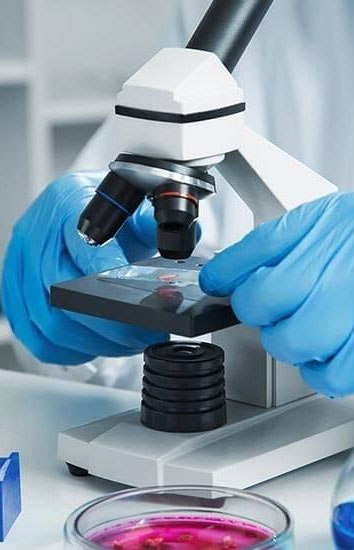Detection of Amoebic meningitis by means of a wet film of cerebrospinal fluid (CSF)
Detection of Amoebic meningitis by means of a wet film of cerebrospinal fluid (CSF)
Laboratory diagnosis is simple for PAM caused by Naegleria fowleri. CSF analysis usually reveals hypoglycorrhachia, high protein content, and high neutrophilic pleocytosis. Cells may easily be missed on routine cell count on hemacytometers as the diluting fluid used for cell counts is toxic to amoebae. When a diagnosis is suspected, a simple wet film of the CSF without centrifugation (which destroys amoebae) usually reveals motile amoebic trophozoites. Naegleria fowleri moves sluggishly by means of rounded lobopodes/ psuedopods (Figure 1). Cysts are not visible on CSF films; however, brain biopsy samples usually reveal both cysts and trophozoites.
The amoebae also exist in a flagellar form. CSF samples can be directly suspended in distilled water and incubated for 30 minutes to demonstrate rapidly motile flagellar forms. This may further confirm the diagnosis. Isolation of amoebae is possible in culture on non-nutrient agar covered with a lawn of E.coli. Growth can be seen within the next 48 hours.
Treatment regimens with antifungal agents such as Amphotericin have been suggested, but are largely ineffective. Prevention of the disease entails chlorination of water supplies and avoidance of unchlorinated freshwater activities.

